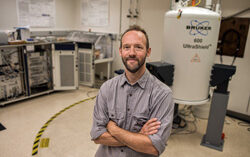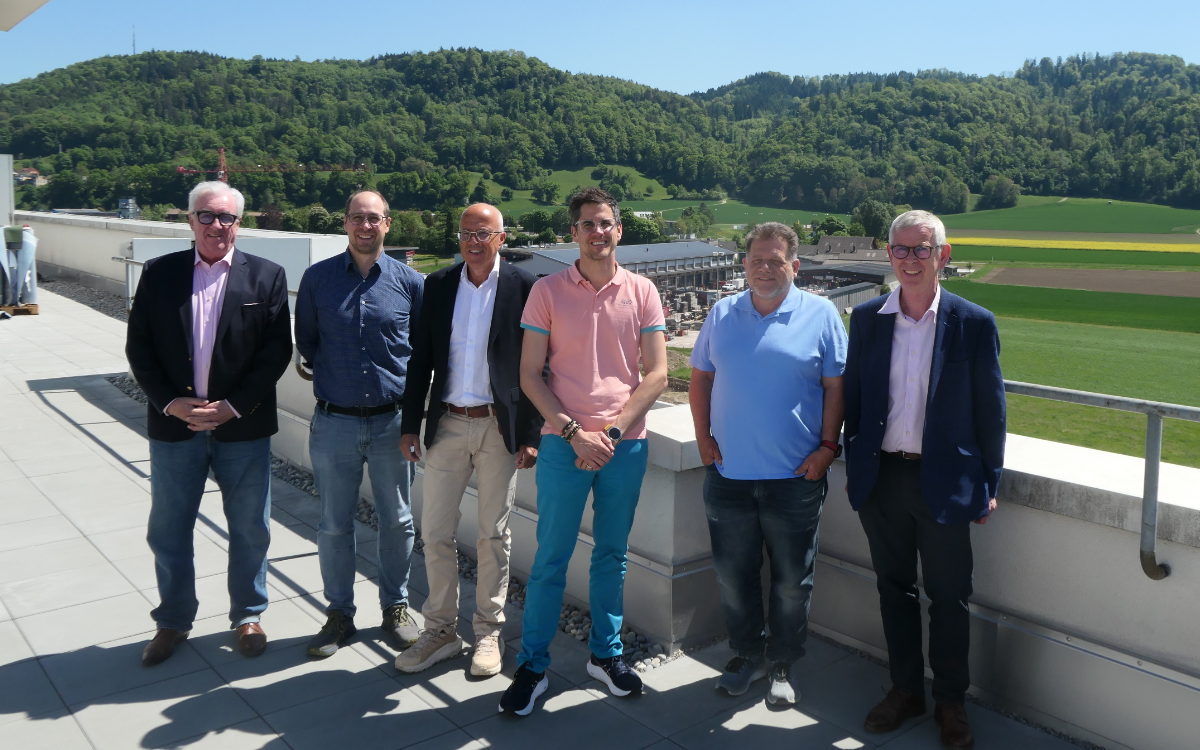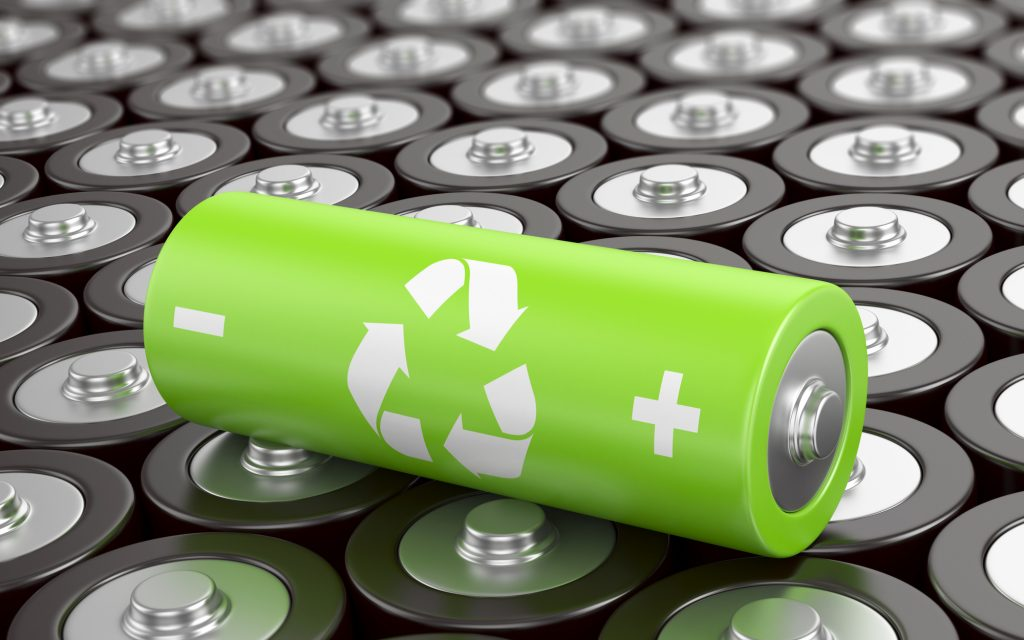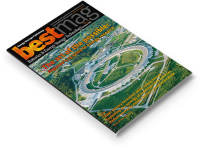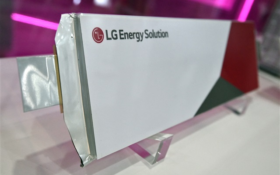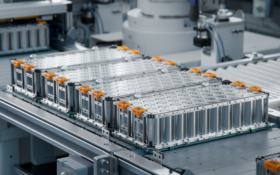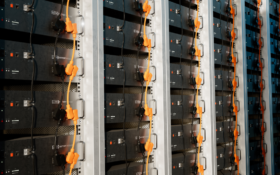Researchers from Sandia National Laboratories have developed a radio-frequency detector that monitors a lithium-ion battery’s health while cycling— a first for commercially available batteries.
Placed inside the battery, the paper-thin magnetic resonance detector could help researchers better understand and characterise batteries to improve them for renewable storage and national security applications.
The technology enables researchers to check a battery’s function and capacity without taking it apart, said Eric Sorte (pictured), a physicist at Sandia National Laboratories who created the technology with colleagues including materials scientist Todd Alam.
The same approach and detector strip can be used inside of vanadium flow batteries and other chemistries.
The work was funded by Sandia’s Laboratory Directed Research and Development program.
The technique, which uses the same principles as magnetic-resonance imaging in hospitals, provides clues to a molecule’s structure and environment by looking at signals from a specific element in that molecule.
The instrument works by sending a pulse of radio waves tailored to interact with a specific atomic nucleus in elements such as lithium, sulfur or hydrogen. As a nucleus settles back to its original state, it gives off a signal that changes predictably depending on an atom’s surroundings.
Using this detector, the scientists view unique signals for lithium ions as they interact with the material in each electrode to track how much charge a battery holds throughout repeated cycles; declining capacity is a sign that a battery is dying.
The researchers can also monitor molecules produced during side reactions as a battery operates to tweak a battery’s chemical components to reduce undesirable reactions.
These changes can help them improve batteries to have properties needed for applications such as large-scale renewable energy storage.
Manufacturers also could use this device one day to run diagnostic tests on batteries, Sorte said.
Image: Eric Sorte, a physicist at Sandia National Laboratories (Photo by Randy Montoya).

